Formaldehyde-Free Catalyst Solutions for Soft Polyurethane Foams: A Comprehensive Guide
Introduction
Soft polyurethane (PU) foams are widely used in various applications, including furniture, bedding, automotive interiors, and packaging. The production of these foams typically involves the use of catalysts to control the reaction between isocyanates and polyols. However, some traditional catalysts can release formaldehyde, a known carcinogen, which poses health risks and environmental concerns. This article provides an in-depth look at formaldehyde-free catalyst solutions for soft PU foams, their mechanisms, selection criteria, and impact on foam properties. Additionally, it explores current trends and future directions in this field, with a focus on enhancing sustainability and performance.
Types of Formaldehyde-Free Catalysts
Formaldehyde-free catalysts are designed to eliminate or significantly reduce the emission of formaldehyde during the production and use of soft PU foams. These catalysts can be broadly classified into three categories based on their primary function:
- Gelation Catalysts: Promote the urethane (gelling) reaction.
- Blowing Catalysts: Enhance the carbon dioxide (CO2) generation from the reaction of water with isocyanate, leading to foam expansion.
- Balanced Action Catalysts: Provide a balanced effect on both gelation and blowing reactions.
Table 1: Examples of Formaldehyde-Free Catalysts
| Catalyst Type | Example Compounds | Primary Function | Environmental Benefits |
|---|---|---|---|
| Gelation | Bismuth Carboxylates, Zinc Octoate | Accelerates gelling reaction | Low VOC, non-toxic, no formaldehyde release |
| Blowing | Amine-Ester Compounds, Modified Amines | Speeds up CO2 release | Reduced emission, improved air quality, no formaldehyde |
| Balanced | Metal-Free Organocatalysts, Phosphorous-Based Catalysts | Balances gelling and blowing | Biodegradable, low toxicity, no formaldehyde release |
Mechanisms of Action
The efficiency of a formaldehyde-free catalyst in producing high-quality soft PU foams lies in its ability to control the reaction rates while minimizing the emission of harmful substances. The mechanisms through which these catalysts work typically involve lowering the activation energy required for the reaction, thereby accelerating the reaction rate without altering the end product’s chemistry or releasing significant amounts of VOCs, including formaldehyde.
Table 2: Mechanism Overview of Selected Formaldehyde-Free Catalysts
| Catalyst | Mechanism Description | Effect on Reaction Rate | Resulting Foam Characteristics |
|---|---|---|---|
| Bismuth Carboxylates | Catalyzes the formation of carbamate intermediates | Moderately increases | Improved dimensional stability, fine cell structure, low VOC, no formaldehyde |
| Amine-Ester Compounds | Facilitates the nucleophilic attack of water on isocyanate | Greatly increases | Lower density, more open cell structure, reduced emissions, no formaldehyde |
| Metal-Free Organocatalysts | Activates the hydroxyl groups without metal ions | Significantly increases | Higher density, more rigid structure, biodegradable, no formaldehyde |
Selection Criteria for Formaldehyde-Free Catalysts
Choosing the right formaldehyde-free catalyst or combination of catalysts is crucial for achieving the desired foam properties while ensuring compliance with environmental standards. Factors influencing this decision include the intended application, processing conditions, and environmental considerations.
Table 3: Key Considerations in Selecting Formaldehyde-Free Catalysts
| Factor | Importance Level | Considerations |
|---|---|---|
| Application Specific | High | End-use requirements, physical property needs (e.g., comfort, durability) |
| Processing Conditions | Medium | Temperature, pressure, mixing speed, and curing time |
| Environmental Impact | Very High | Toxicity, biodegradability, emissions, regulatory compliance, no formaldehyde release |
| Cost | Medium | Availability, market price fluctuations, cost-effectiveness |
Impact on Foam Quality
The choice and concentration of formaldehyde-free catalysts directly affect the quality and performance of the resulting foam. Parameters such as cell size, distribution, and foam density are all influenced by the catalyst, impacting the foam’s thermal insulation, comfort, and durability.
Table 4: Effects of Formaldehyde-Free Catalysts on Foam Properties
| Property | Influence of Catalysts | Desired Outcome |
|---|---|---|
| Cell Structure | Determines cell size and openness | Uniform, small cells for better insulation and comfort, no formaldehyde |
| Density | Controls foam weight per volume | Optimal for the application, e.g., lightweight for cushions, medium density for support, no formaldehyde |
| Mechanical Strength | Influences tensile, tear, and compression strength | Suitable for load-bearing capacity, resistance to deformation, no formaldehyde |
| Thermal Insulation | Affects heat transfer rate | High R-value for energy efficiency, consistent temperature regulation, no formaldehyde |
| Durability & Longevity | Resistance to aging, UV, and chemicals | Prolonged service life, minimal degradation over time, no formaldehyde |
Current Trends and Future Directions
The trend towards more sustainable and eco-friendly materials is driving the development of new formaldehyde-free catalysts that offer superior performance while meeting stringent environmental standards. Some of the key areas of focus include:
- Metal-Free Catalysts: Research into metal-free organocatalysts and phosphorous-based catalysts to reduce the use of heavy metals and improve biodegradability.
- Biobased Catalysts: Development of catalysts derived from renewable resources, such as plant extracts, to further enhance the sustainability of the foam production process.
- Multi-Functional Catalysts: Design of catalysts that can perform multiple functions, such as enhancing both gelation and blowing reactions, while maintaining low odor and environmental friendliness.
- Process Optimization: Continuous improvement in processing techniques to minimize waste and energy consumption, and to ensure the consistent quality of the final product.
Table 5: Emerging Trends in Formaldehyde-Free Catalysts
| Trend | Description | Potential Benefits |
|---|---|---|
| Metal-Free Catalysts | Use of non-metallic catalysts | Reduced environmental impact, improved biodegradability, no formaldehyde |
| Biobased Catalysts | Catalysts derived from natural sources | Renewable, sustainable, and potentially lower cost, no formaldehyde |
| Multi-Functional Catalysts | Catalysts with dual or multiple functions | Simplified formulation, enhanced performance, reduced emissions, no formaldehyde |
| Process Optimization | Advanced processing techniques | Minimized waste, energy savings, consistent product quality, no formaldehyde |
Case Studies and Applications
To illustrate the practical application of these catalysts, consider the following case studies:
Case Study 1: High-Comfort Mattress Foam
Application: High-end mattress foam
Catalyst Used: Combination of Bismuth Carboxylates and Amine-Ester Compounds
Outcome: The use of Bismuth Carboxylates and Amine-Ester Compounds resulted in a foam with a fine, uniform cell structure, providing excellent comfort and support. The foam had a balanced density, ensuring both softness and durability, making it ideal for high-end mattresses. The absence of formaldehyde ensured a healthier and safer sleeping environment.
Case Study 2: Eco-Friendly Upholstery Foam
Application: Eco-friendly sofa cushions
Catalyst Used: Metal-Free Organocatalysts
Outcome: The use of metal-free organocatalysts produced a foam with low VOC emissions and no formaldehyde. The foam met stringent environmental standards and provided a comfortable, durable seating experience, aligning with the eco-friendly ethos of the brand. The foam’s high resilience and lack of formaldehyde made it suitable for long-term use in living spaces.
Case Study 3: Automotive Interior Cushions
Application: Automotive interior cushions
Catalyst Used: Phosphorous-Based Catalysts
Outcome: The use of phosphorous-based catalysts resulted in a foam with excellent mechanical properties and high resilience. The foam was lightweight yet durable, making it ideal for automotive interiors where repeated impact and compression are common. The absence of formaldehyde ensured a healthier in-cabin environment, contributing to the overall safety and well-being of passengers.
Conclusion
Formaldehyde-free catalysts are essential for the production of high-quality soft PU foams that meet the growing demand for sustainable and eco-friendly materials. By understanding the different types of catalysts, their mechanisms, and how to select them appropriately, manufacturers can optimize foam properties and ensure compliance with environmental regulations. As research continues, the development of new, more sustainable catalysts will further enhance the versatility and performance of polyurethane foam products, contributing to a greener and healthier future.
This comprehensive guide aims to provide a solid foundation for those involved in the design, production, and use of soft PU foams, highlighting the critical role of formaldehyde-free catalysts in shaping the future of this versatile material.
Extended reading:
High efficiency amine catalyst/Dabco amine catalyst
Non-emissive polyurethane catalyst/Dabco NE1060 catalyst
Dioctyltin dilaurate (DOTDL) – Amine Catalysts (newtopchem.com)
Polycat 12 – Amine Catalysts (newtopchem.com)





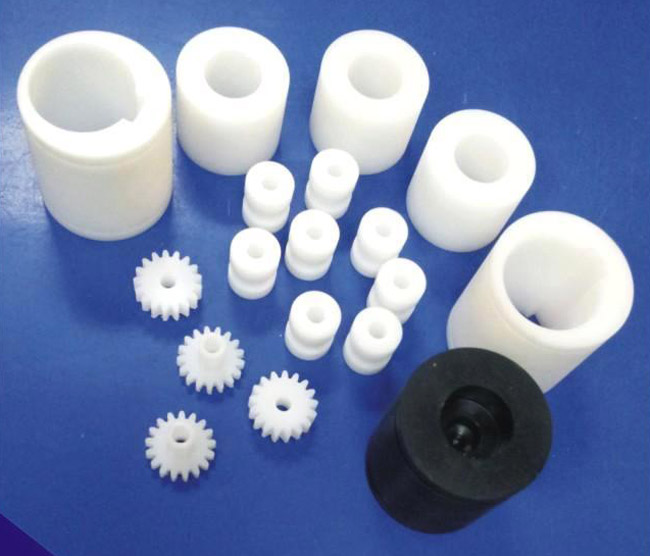


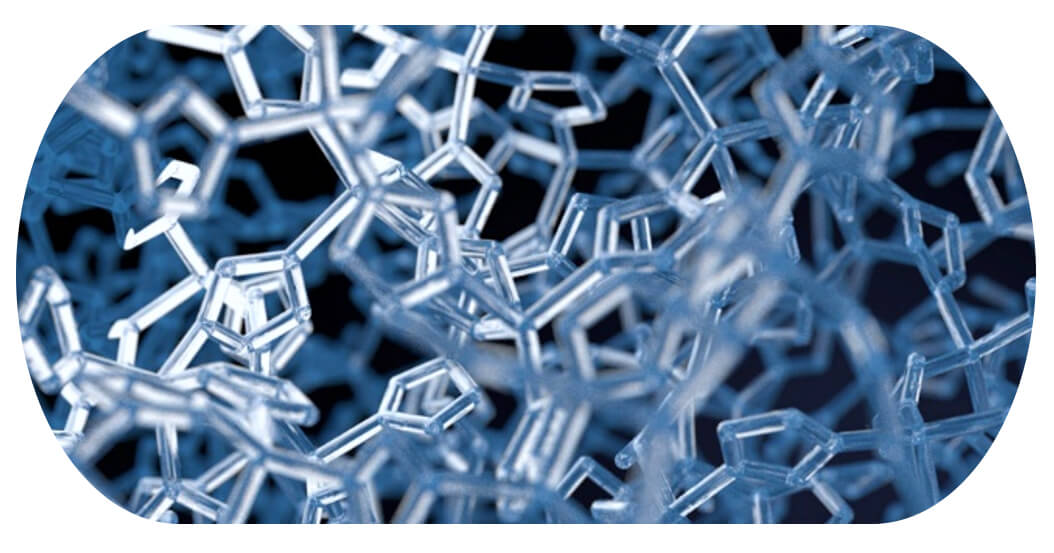
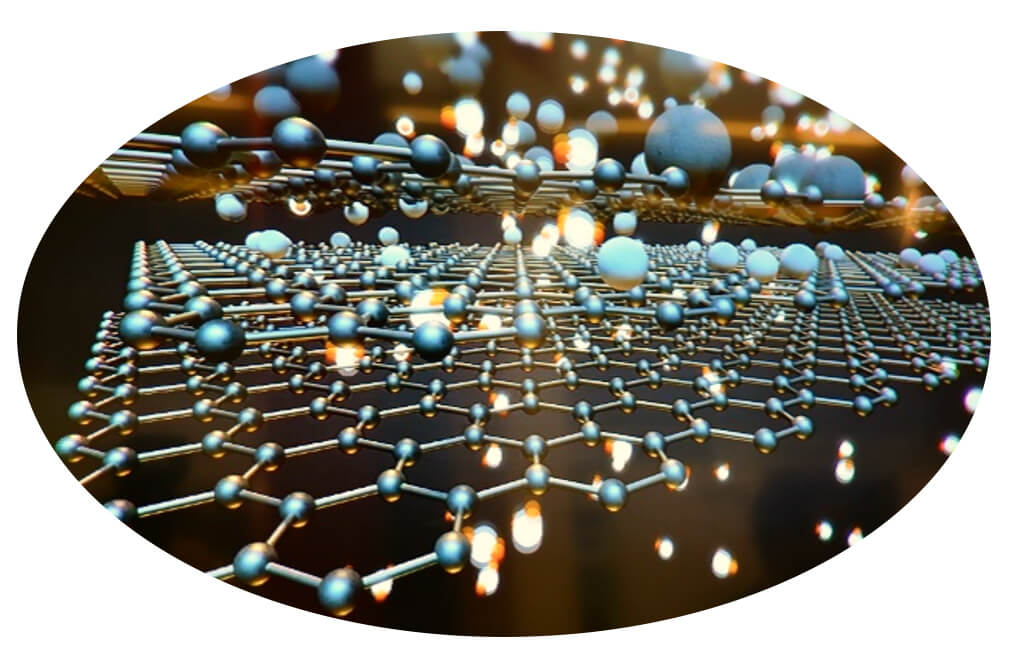
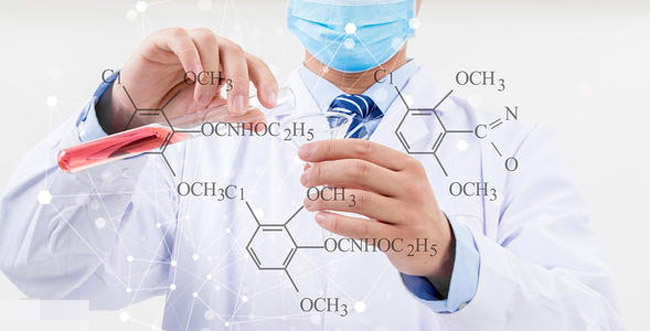
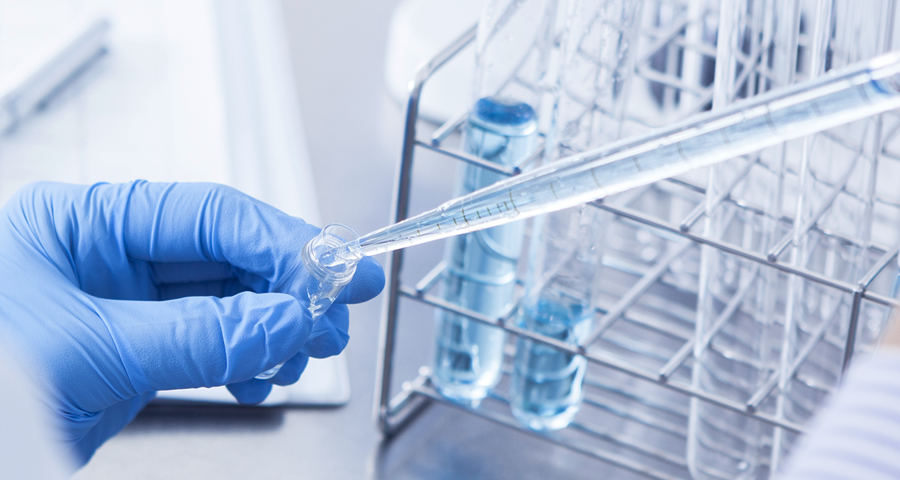
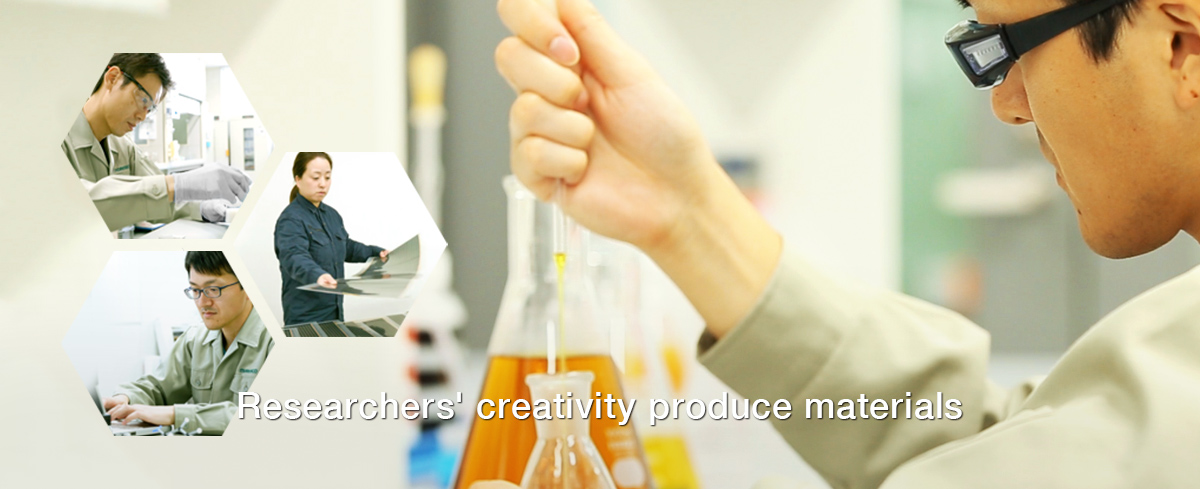





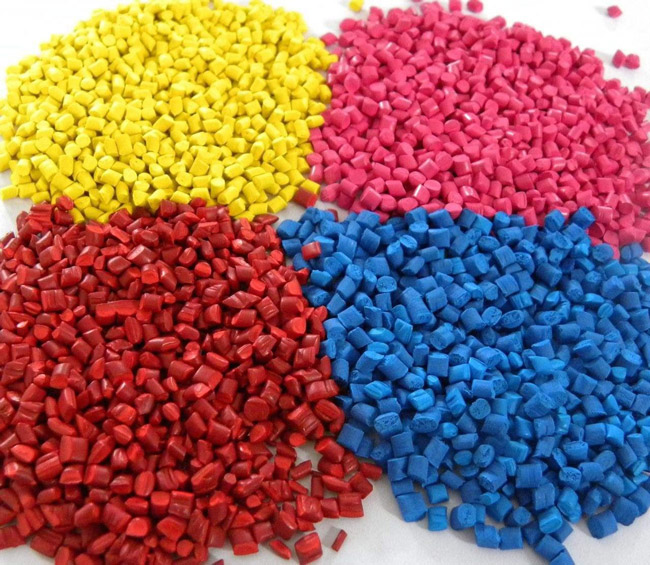

Comments